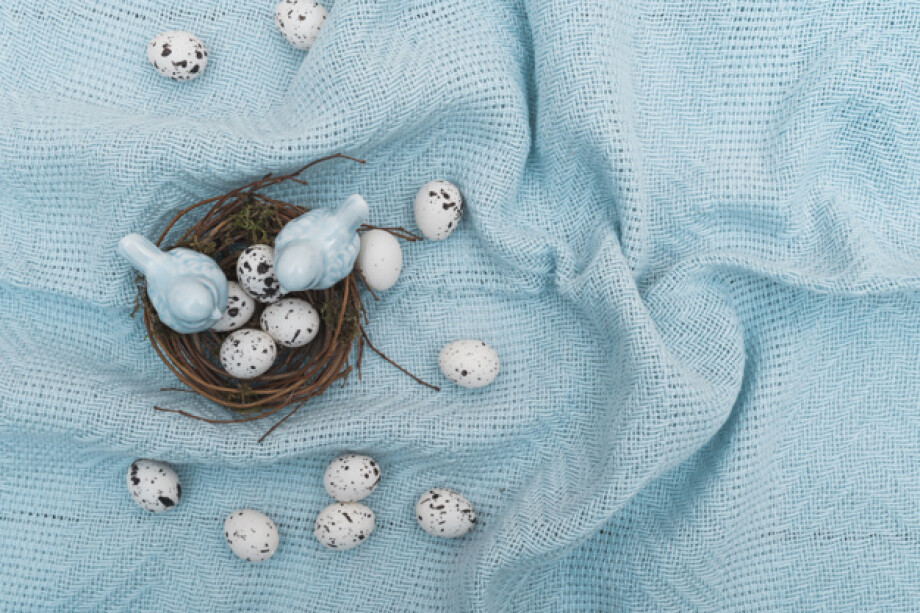English lessons based on the CLIL (Content and Language Integrated Learning) methodology develop students’ general knowledge about the world and arouse interest in the subject. We constantly look for topics, which would be interestingfor YL. Spring is coming. In this lesson, young learners will find out about bugs, birds and trees in the fairest season of the year and will answer the question “Why do birds lay eggs in spring?”.
Age: 9-12 years
Level: Elementary
Time: 40 min
Skills: listening and vocabulary
Number of students: 1-20
Materials: worksheet, youtube video, teacher’s notes.
Skyeng ищет преподавателей английского. Подробности по ссылке: Skyeng
Комментарии (2)
Добавить комментарий
Понравилась статья? Подпишитесь и получайте свежие материалы прямо на почту!






 Маргарита Аветисян
Маргарита Аветисян 
 Вероника Аветисян
Вероника Аветисян 



Благодарю, Юлия! Очень рада, если урок Вам полезен)
Очень удачный урок во всех отношениях!!!